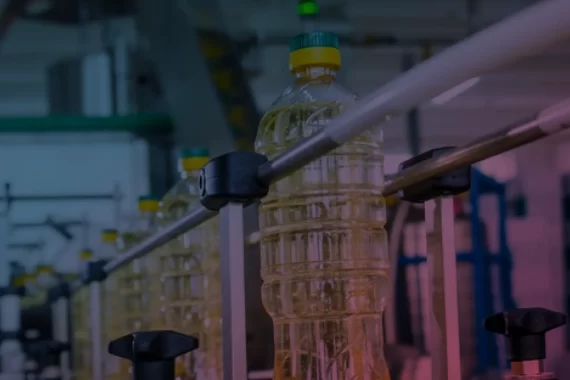Nitrogen is mainly used in the food and beverage sector for packaging, preservation, and quality improvement. It replaces oxygen in packaging and significantly prolongs...
Give us a bird’s eye view of how 2022 was for Summits as a company.
Heat is the final form of energy used to cut metal right from late 19th century, be it Oxy-acetylene or Plasma or Laser. Among these metal cutting processes LASER cutting has unique advantage of being precise and fast. What makes light/LASER win in the race of metal cutting over other technologies?
- Light can be amplified (LASER – Light Amplification by Stimulated Emission of Radiation)
- Light energy can be concentrated on a single point by using Lens. Light can be made as sharpest needle. It just needs set of lenses to adjust its focal point.
Be it light or laser, it is made of photons. Photon itself has no mass and has no heat energy. Isn’t it fascinating that a particle which has no heat energy can melt-down the metal by raising its temperature more than 1000°C.? Raising of metal temperature happens purely because of kinetic energy of photos.
Is it enough just to have Laser to cut metals? No, certainly not. No fruitful accomplishment can happen without a team. In other words, Individual without team spirit can accomplish nothing. And here comes the compressed air – The great assistant to LASER.
A stream of photons can be made to strike the metal and melt it; but it is the compressed air or other gas which blew away the molten metal out of kerf and cut the metal. Apart from blowing away, compressed air protects lens, regulates heat & reduces heat affected zone.
“Cleanliness becomes more important when godliness is unlikely.” – P. J. O’Rourke
This quote is very true when it comes to Compressed air for Laser cutting. Contaminated Compressed air can deadlock the business of laser cutting. Worker may frequently need to change the lens instead of work pieces (steel plate).
As we said earlier, it is the kinetic energy of photons that transforms to heat energy to cut the metal. To transform this kinetic energy to heat energy, something has to block the motion of photons. Steel plate does block the photons, got heated up, melt down; compressed air blows away the molten metal and thus cutting takes place.
We are surrounded by approximately 26million tons dust present in our atmosphere. 80% of these particles are smaller than two microns in size. These contaminants added with further substances originating from the compressor, pipelines and receivers can stain the optic system; blocks or scatters the laser. Dust which blocks the LASER will be burned to ash at no seconds. This burning will also create burn spot at optical system leading to failure. Hence it is evident that from the point of LASER generation up to the steel plate, the entire path should be clean and the optics should be crystal clear.
Design Compressed air System (CAS) for Laser cutting:
Contaminants present in compressed air can be grouped into 8 different categories which can be removed by combination of different purification techniques. Below table gives a brief idea about different type of contaminants and their purification techniques.
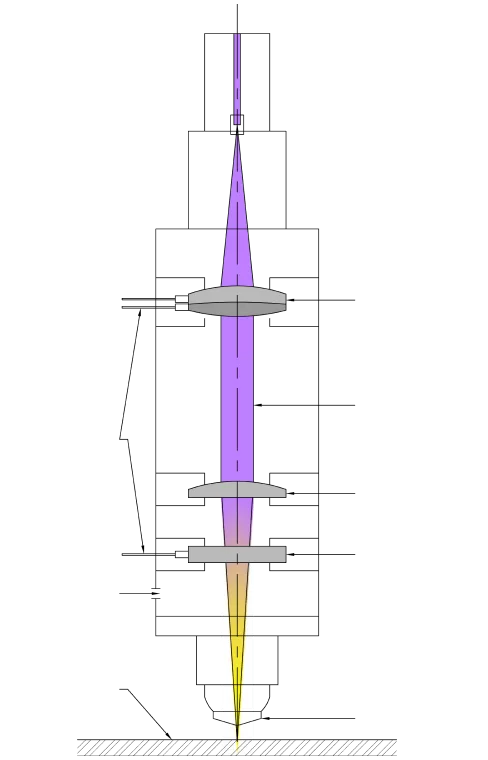
| Details | Contaminants | |||||||
|---|---|---|---|---|---|---|---|---|
| Particulates | Water | Oil | ||||||
| Purification Techniques | Atmospheric dust, Rust, Pipe scales | Micro-organisms | Liquid water | Water aerosols | Water vapour | Liquid oil | Oil aerosols | Oil vapour |
| Water Separator | * | * | ||||||
| Coalescing filter | * | * | * | * | ||||
| Adsorption Filter | * | |||||||
| Dryer | * | |||||||
| Sterile Filter | * | |||||||
Filtering compressed air to the required purity is essential for any industrial process and especially for Laser cutting to maintain uninterrupted production & achieve improved productivity.
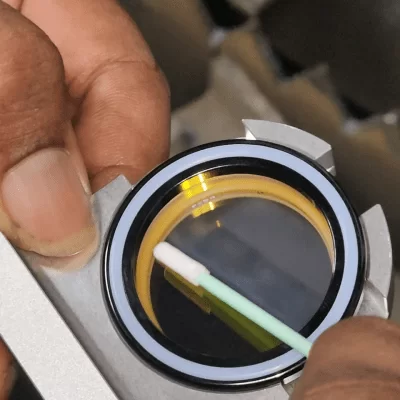
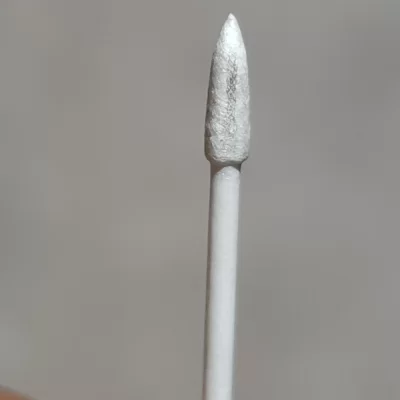
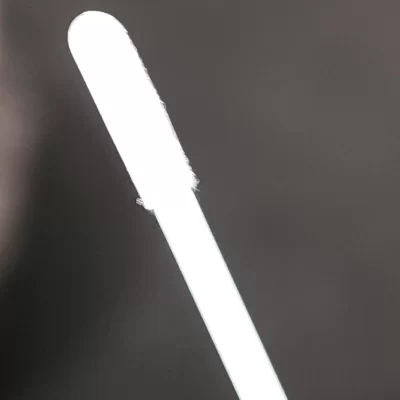
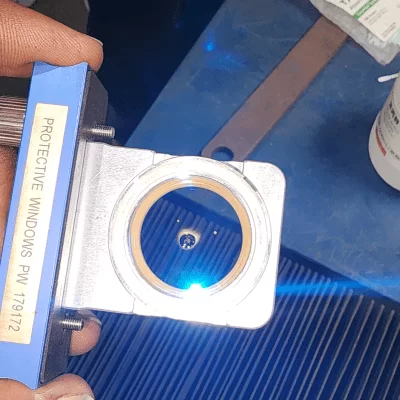
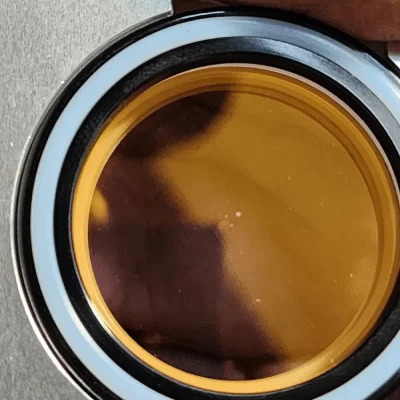
Burnt lens due to Contamination in compressed air
Our R&D and manufacturing team did extensive testing at multiple levels, redefined Desiccant Dryers with superior-grade filtration systems and introduced LC series Laser Dryers. We got an overwhelming response from the users as our LC Dryer has served its purpose and made our customers happy.

